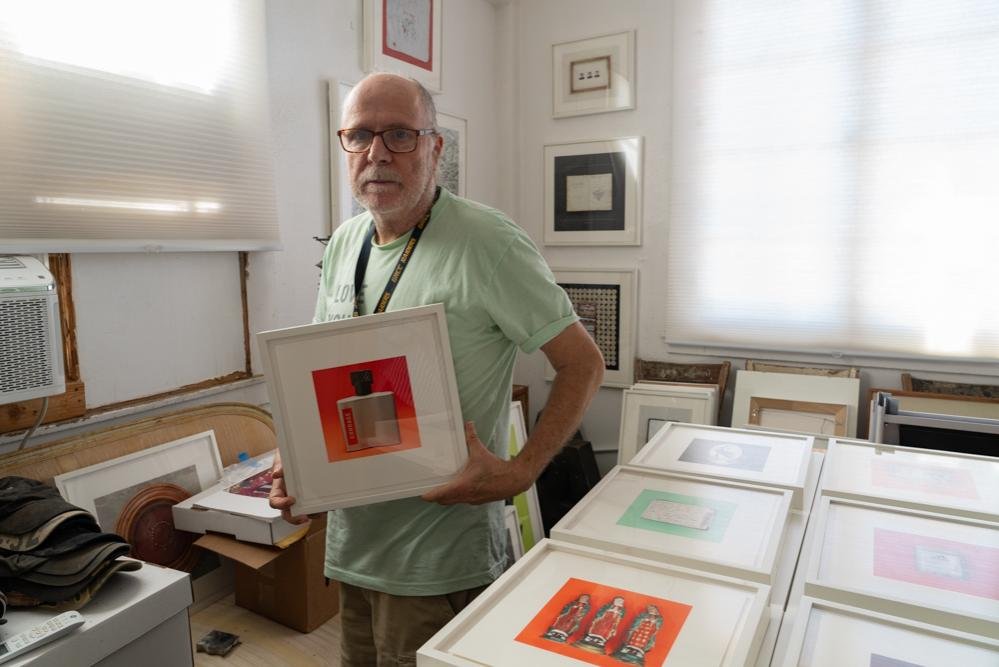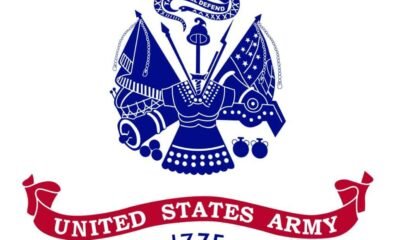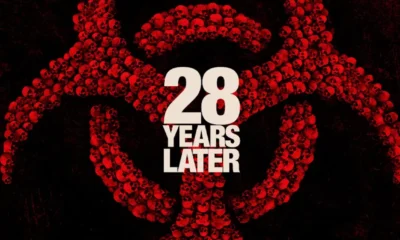border
Years into the ‘American Dream,’ Tom Kiefer Captures Hundreds of Confiscated Treasures on Camera

In the small town of Ajo, Arizona, situated roughly 40 miles from the U.S.-Mexico border, photographer Tom Kiefer operates three studios within a historic Spanish Colonial Revival plaza. His work addresses a poignant issue—the treatment of migrants detained by the U.S. Border Patrol.
Kiefer’s studios are filled with items seized from migrants, which he photographs to expose the personal toll of border policies. His project, “El Sueño Americano / The American Dream,” encompasses around 800 images, revealing just a fraction—about two percent—of his amassed collection.
“I could not in good conscience allow deeply personal belongings to be thrown away. It was a crime against humanity,” Kiefer stated in an interview with the Tucson Sentinel, highlighting the emotional weight behind his work.
Before relocating to Ajo in 2001, Kiefer enjoyed a successful career as a graphic designer and antique shop owner in Los Angeles. His move was influenced by his disillusionment following the events of 9/11. Ajo, then a dwindling copper mining community with a population of fewer than 3,000, became the backdrop for his artistic pursuits.
Kiefer drew inspiration from legendary photographers Dorothea Lange and Walker Evans, who documented the struggles of the Great Depression. He remarked, “Having the antique store grounded me in understanding the preciousness of objects that had a past history,” emphasizing the significance of the items he now collects.
In 2003, Kiefer took a job as a janitor at the nearby Border Patrol station, recognizing it as the highest-paying position available. Four years later, he made a disturbing discovery: personal belongings and food confiscated from migrants were being discarded, despite posing no safety risk.
With permission from his supervisor, he began collecting food and other items to donate to a local food bank. Initially, he donated clothing to a thrift store but soon realized he needed to document the items. “I could talk and say all these things. But without the receipts, who would believe me?” Kiefer explained. “The receipts were the actual objects.”
In 2014, he transitioned to focus entirely on “El Sueño Americano / The American Dream.” Kiefer’s photographs capture what were likely the most cherished possessions of those migrants, symbolizing their hopes for a new life in the U.S. His work has been showcased across the country, including exhibits at the Skirball Cultural Center in Los Angeles, Saugatuck Center for the Arts in Michigan, and the St. Louis University Museum of Art.
“The majority of items carried by migrants and asylum seekers were precious. These were the things that gave them hope—robbed and taken away, then thrown in the trash,” he concluded, underscoring the stark reality faced by those crossing borders in search of a better life.


















